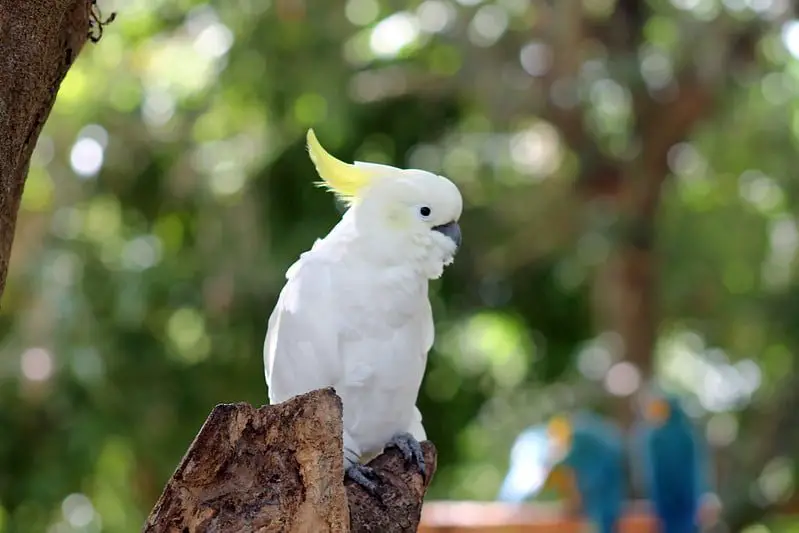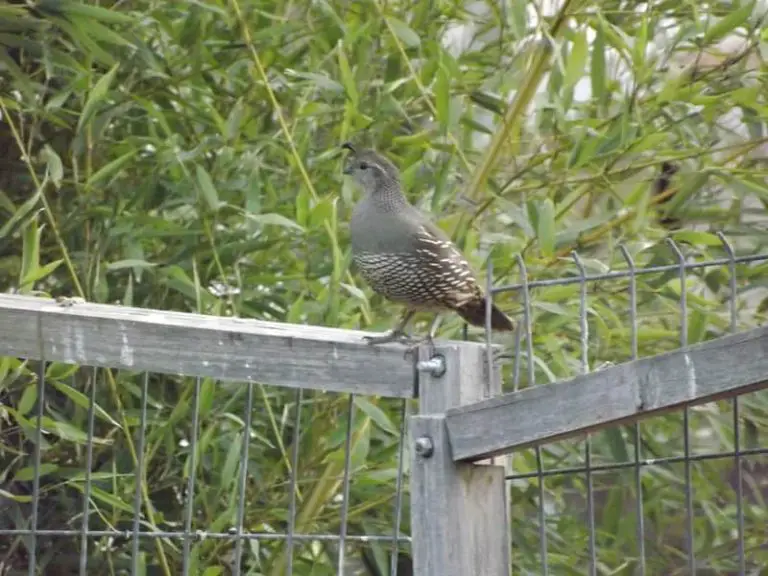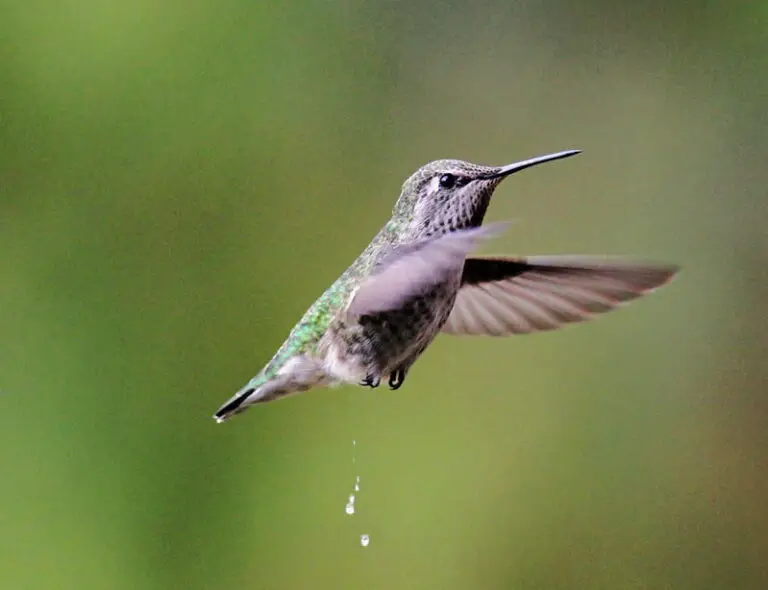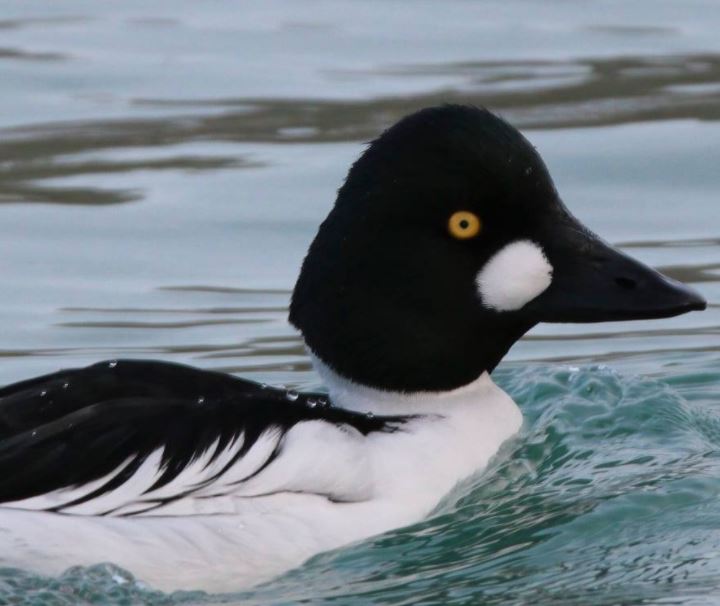Can Cockatiels Drink Tap Water? (Key Tips)

The families with a cockatiel at home assume great responsibility and must take care of their food, hydration, prevent illnesses and provide them with a safe space to go out and do activities every day and to strengthen our bond with them as much as possible.
On many occasions, there are questions about their care and their needs which at first, may seem obvious but the answer may be more complex than it seems. An example of these questions can be related to the water of the cockatiel.
what is the best water to give your cockatiels to drink? mineral or tap water?
The first thing you must do is to ensure that the cocoa always has access to its water and that it is clean and fresh. With this you will achieve better well-being for them, take care of their health and prevent possible diseases related to viruses and bacteria.
Can cockatiels drink tap water?
Although they are animals, cockatiels are living beings, just like us, so you should think about what water we would drink.
If tap water is suitable for human consumption, it is also suitable for pets, but if it is considered unsuitable because it is not treated or filtered, you should opt for bottled or filtered water.
If you are certain that the tap water in your home is quite safe to drink, then you can supply your cockatiels with that water, you don’t need to buy them special water.
It should be taken into consideration that water from hoses, barrels, or stored in uncovered containers may be possibly contaminated with viruses or bacteria and it is not convenient to let the cockatiel drink from it.
How long can cockatiels go without water And How much water do cockatiels drink per day?
Many factors determine the bird’s water needs. A bird’s “thirst” depends on its species, age, husbandry, and food. Birds that come from arid regions need less water than birds that come from the tropics. Young birds are most thirsty in the first four days after hatching.
Cockatiels by nature are efficiently adapted to drink little water, but apart from this, the ideal is that they can drink fresh water daily, cockatiels can drink very little water a day, approximately two milliliters per day.
Provide a specific amount of water to your cockatiel each day. After 24 hours, measure how much water the animals have left. If you subtract this remainder from the original amount of water, you know how much your birds have been drinking.
Since the water requirement can fluctuate from day to day, carry out your “test series” over a longer period of time, preferably a month. Make a note of the results every day. At the end of the month, you can thus determine the average water consumption.
If you also keep a proper bird diary in which you also record the type and quantity of food, free flight times, and temperatures, you will also know exactly when your birds are particularly thirsty.
This is the only way to later determine whether the animals actually consume less water if it has been mixed with a drug or another additive.
What to do if your cockatiel doesn’t want to drink water?
If for some unknown reason your cockatiels are reluctant to drink water, some cockatiels love to eat fruits and vegetables such as apples and cucumbers, this is a more than sufficient source of water for them.
The percentage of water in the cucumber is over 90% and the apple has over 80% water in its composition.
Clean and fresh water for cockatiels
It is essential to protect the water for cockatiels from airborne pollution and more direct pollutants. For this reason, water bowls and plates should be placed as far away as possible from our pet’s swing.
If you don’t do this, feathers, feces, bacteria, viruses, and other types of microorganisms could fall into the water.
Stainless steel bowls, which are very easy to clean, have proven themselves as drinking bowls. The drinking bowls should only be so big that the birds cannot bathe in them.
Bathing would contaminate the water and if they drink the water they could get sick.
Another option to open troughs is to use tube or nipple-type troughs, which reduce the surface area of water exposed to contaminants and reduce the problems associated with many common infectious diseases.
It is easy to teach the cockatiel to use this type of drinker. You must place the drinker on its empty water dish and when the bird goes to drink you must gently squeeze the drinker until there is a drop on the edge of the spout. At that moment the cockatiel will identify that is where it must drink.
Teaching them to drink in this way will always be done through positive reinforcement, taking advantage of it to get to know your cockatiels better and strengthen their bonds. In a few days, they will have gotten used to their new drinking fountain.
And remember not to forget to change the water daily and clean your drinking fountain, to prevent the appearance of bacteria such as pseudomonas
Don’t mix vitamins and minerals with the water for cockatiels
You must make sure that the water of the cockatiels is always clean and fresh. For that reason, it is important to avoid mixing the water with any kind of vitamins or minerals.
It is recommended that the contribution of vitamins and minerals is included in the diet, through adequate nutrition with formulated enriched diets or using a supplement of powdered vitamins and minerals mixed with vegetables or soft food.
Since they are vital for the growth and proper functioning of their metabolism. In this way, the water is kept clean and fresh.
If for any reason a supplement must be added to the water, remember that you must change it frequently so that bacteria and microorganisms do not proliferate.
The water for the bath of the cockatiels
Among the care of the cockatiel, that should not be neglected and that is very important for the care and brightness of its plumage is its bath.
It can be taken advantage of by playing and taking the opportunity to go out and do daily activities with them outside their safe space. And don’t forget to reward them.
If the cockatiels are small, you can initiate them in this care through a warm and humid cloth and passing it to them gently.
Little by little, and in a progressive way, we will introduce soft vaporizations with warm water, never with cold water, and with very strong vaporization.
Vaporizations are recommended to be done on sunny days, they will be a much more pleasant experience and will allow you to dry faster.






